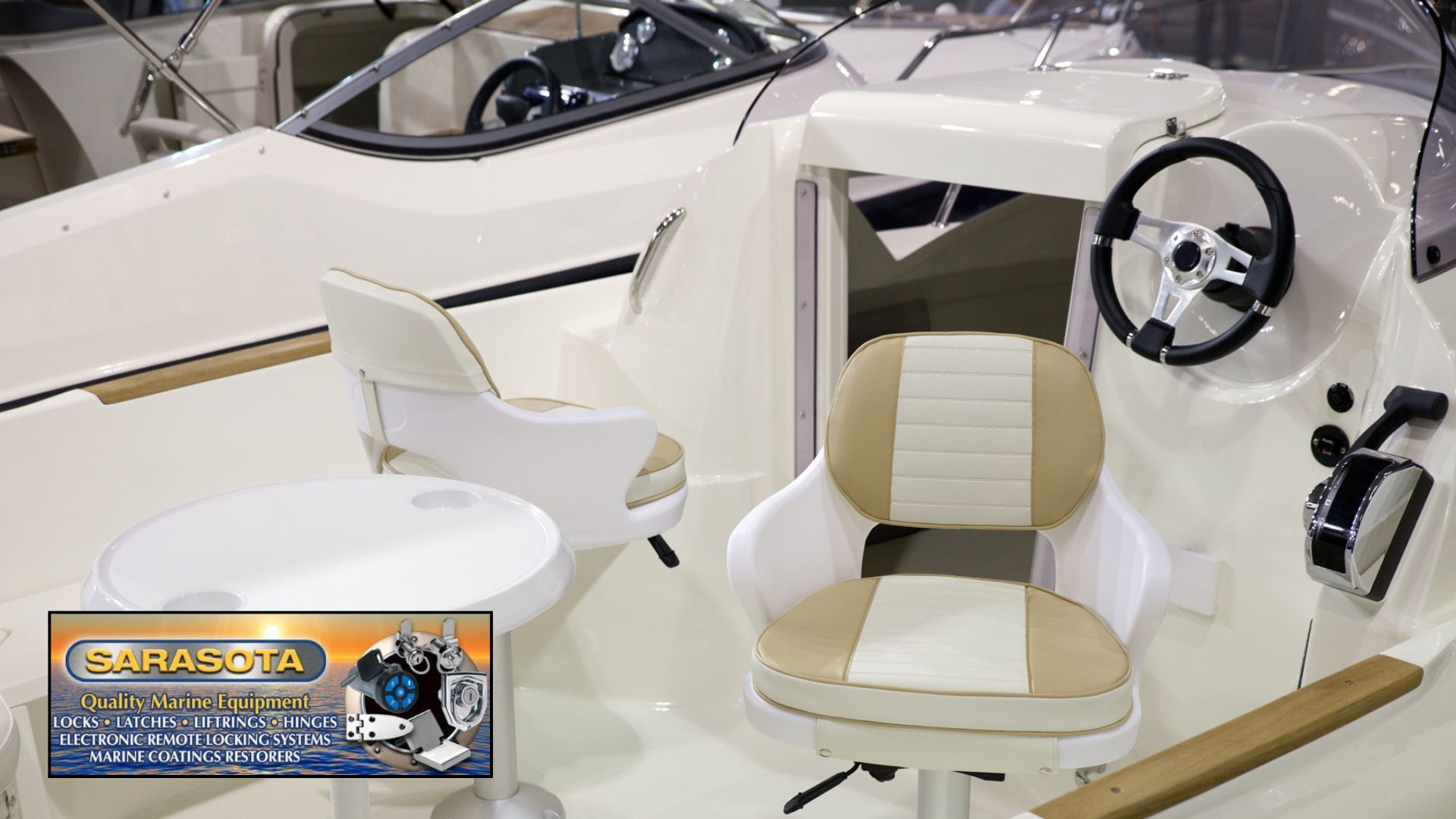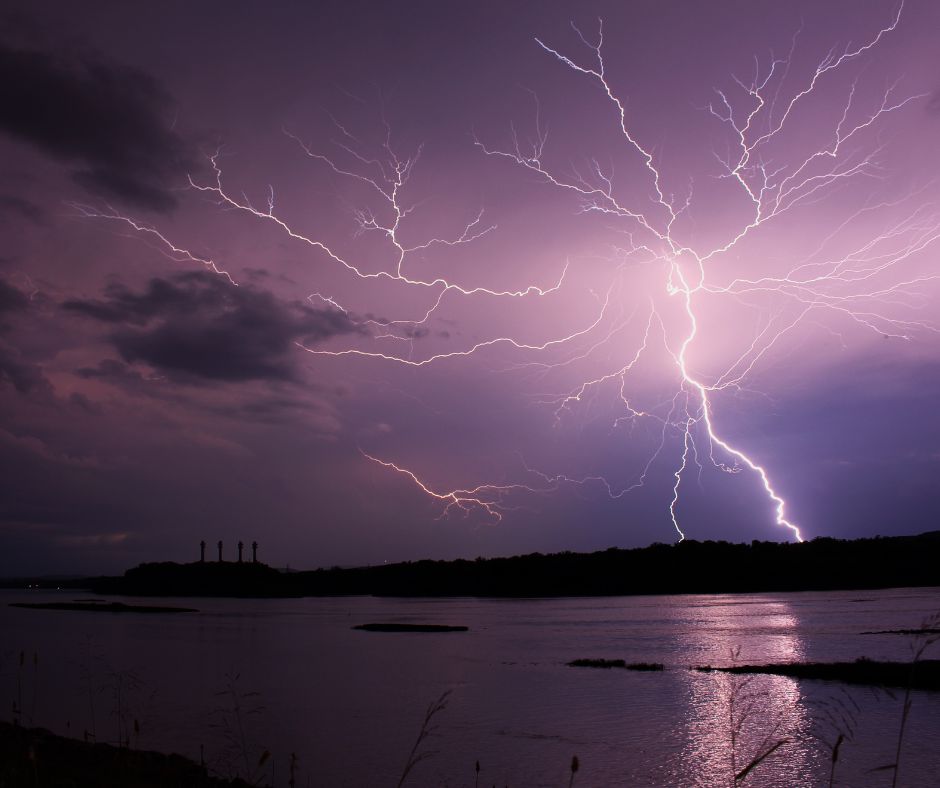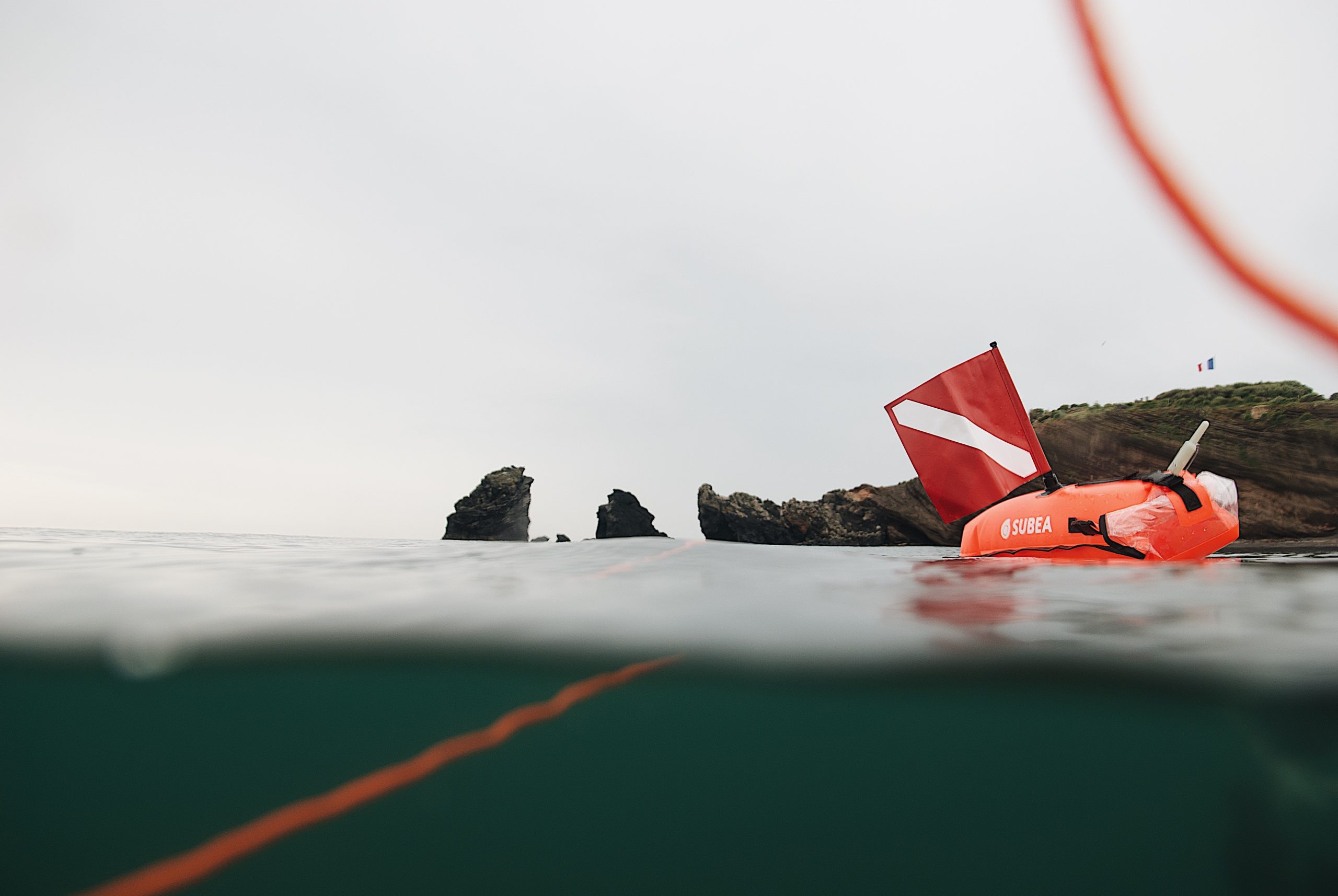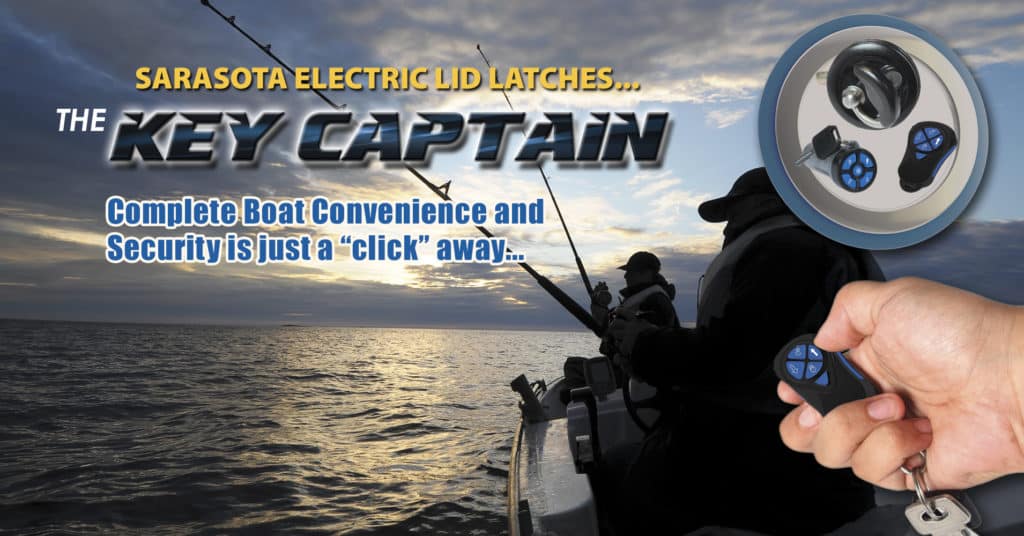Congratulations on your new addition to the family! Just like bringing home a baby, your new boat requires care, attention, and a bit of a learning curve. Here’s everything you need to know as you embark on this exciting journey of boat ownership. First-time boat owners don’t know what they don’t know!
The Homecoming: How First-time Boat Owners Prepare for the New Arrival
Welcome to our first-time boat owner’s guide. Just as you’d baby-proof your home, you need to prepare for your boat’s arrival:
- Have a safe berth ready: Whether it’s a marina slip, mooring, or trailer storage, make sure your boat has a proper home waiting.
- Gather essential supplies: Life jackets, dock lines, fenders, basic tools, and emergency equipment are the nautical equivalent of diapers, bottles, and baby monitors. https://blog.dockwa.com/new-uscg-life-jacket-classifications-2025
- Register your “baby”: Complete all necessary registration and documentation before taking your boat out for the first time.
- Get insured: Just like health insurance for a child, boat insurance protects your investment and provides peace of mind.
First Days Home: Getting to Know Your Boat
Those first days with your new boat are all about bonding and learning:
- Read the manual: The manufacturer’s handbook is like your baby’s pediatrician’s advice—follow it closely.
- Check out our products to see if there is anything you can upgrade.
- Start with short trips: Keep your maiden voyages brief and in calm waters. Like a new parent, you’ll need time to gain confidence.
- Learn the controls: Spend time at the dock familiarizing yourself with every button, switch, and gauge before venturing out.
- Practice docking: Master this skill in calm conditions before attempting it under pressure.
Feeding and Maintenance Schedule
Your new “baby” has specific dietary needs and care requirements:
- Fuel properly: Use the recommended fuel type and additives. Think of it as choosing the right formula for your baby.
- Establish a maintenance calendar: Regular oil changes, fluid checks, and system inspections are like well-baby visits.
- Clean after every use: Rinse with fresh water, especially after saltwater exposure. Wipe down surfaces and allow everything to dry thoroughly.
- Seasonal check-ups: Schedule professional inspections at the beginning and end of each boating season.
Sleep Training: Proper Storage
As a first-time boat owner, it is important to know about boat storage. When your boat isn’t in use, it needs the right storage solution:
- Cover properly: Use a fitted cover to protect from sun, rain, and debris.
- Consider climate control: In extreme temperatures, climate-controlled storage might be necessary.
- Winterize thoughtfully: In colder climates, proper winterization prevents expensive damage.
- Visit regularly: Even in storage, check on your boat periodically to catch any issues early.
What NOT to Do With Your New “Baby”
Avoid these common first-time boat owner mistakes:
- Don’t skip the safety briefing: Before each trip, brief all passengers on safety procedures and equipment locations.
- Don’t overload: Respect your boat’s weight capacity—overloading is dangerous and damaging.
- Don’t ignore weather forecasts: Never take your “baby” out in conditions beyond your experience level.
- Don’t rush: Hurrying leads to accidents. Take your time with docking, anchoring, and navigation.
- Don’t neglect wear items: Lines, fenders, and other wear items need regular inspection and replacement.
- Don’t skimp on maintenance: Regular maintenance might seem expensive, but repairs cost far more.
Developmental Milestones: Growing as a Boater
As you gain experience, you and your boat will be ready for new adventures:
- Take a boating course: Formal education improves your skills and confidence.
- Join a boating community: Connect with experienced boaters who can offer advice and support.
- Gradually increase distance: Extend your range as your skills improve.
- Try new waters: Once comfortable, explore different lakes, rivers, or coastal areas.
- Add accessories thoughtfully: Like baby gear, boat accessories can be overwhelming. Add items gradually based on actual needs.
When to Call the Doctor: Troubleshooting Issues
First-time boat owners don’t always know when to address problems yourself and when to seek professional help:
- Unusual noises or vibrations: These typically require professional diagnosis.
- Electrical issues: Unless you’re qualified, electrical problems are best left to professionals.
- Engine concerns: Address any engine irregularities immediately—small problems become big ones quickly.
- Hull damage: Even minor cracks or impacts should be professionally evaluated.
Capturing Memories: Enjoying Your Boat Baby
Remember why you brought this “baby” home in the first place:
- Take photos: Document your adventures together.
- Keep a logbook: Record special trips, destinations, and memories.
- Share the joy: Introduce friends and family to the pleasures of boating.
- Practice patience: Like parenting, boating has challenging moments, but the rewards are immeasurable.
The Journey Ahead
Welcoming a boat into your life is the beginning of a wonderful adventure. There will be learning curves, unexpected challenges, and moments of doubt—just like with a new baby. But with proper care, attention, and love, your boat will provide years of joy and create lifelong memories for you and your family.
Remember that every experienced boater was once a first-time boat owner. Embrace the learning process, prioritize safety, maintain diligently, and most importantly—enjoy every moment on the water with your new “baby.”
Happy boating from all of us at Sarasota Quality Products!








